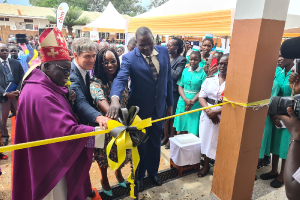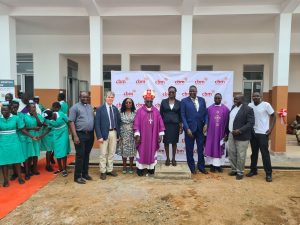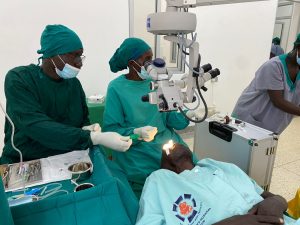The new surgical ophthalmological complex of the St. Joseph Hospital was inaugurated today in Kitgum, in northern Uganda, built thanks to the support of the Italian Agency for Development Cooperation (Aics).
The department aims to improve access to and quality of ophthalmic services for 10,200 people each year, with particular attention to the most vulnerable categories such as people with disabilities, women and children, who also live in the most remote communities.
The new complex sees the light after three years of work thanks to a large international cooperation project, led by Cbm Italia - a humanitarian organization engaged in the prevention and treatment of visual impairments in the countries of the South of the world - in agreement with the Ministry of Ugandan Health, in collaboration with the Organisation of the Civil Society Doctors with Africa Cuamm and the district governments of Kitgum, Arua and Terego.
The inauguration took place in the presence of the director of Cbm Italia Massimo Maggio, of Monsignor John Baptist Odama, archbishop of Gulu, of the Ugandan Minister of Health Jane Ruth Aceng, of the medical director of the S. Joseph Hospital Pamela Atim and of Jackie Kwesiga, country director of Cbm for Uganda.
In Uganda there are 3 million people with vision problems, but at the moment there is one ophthalmologist for every million people throughout the country. Pathologies such as cataracts, refractive errors, trachoma, trauma and glaucoma lead to blindness as they are not treated due to lack of adequate ophthalmic means and services, especially in more remote areas. However, 75% of cases of blindness are preventable and treatable according to the International Agency for the Prevention of Blindness (IAPB).
The new complex includes a new operating room which makes the eye center capable of providing diagnostic care, specialist treatments and surgery. Added to this is the renovation of the patient recovery room.
The same project also allowed the renovation and equipping of four other health centers, as well as the organization of mobile surgical and non-surgical eye clinics in remote communities and refugee camps.



